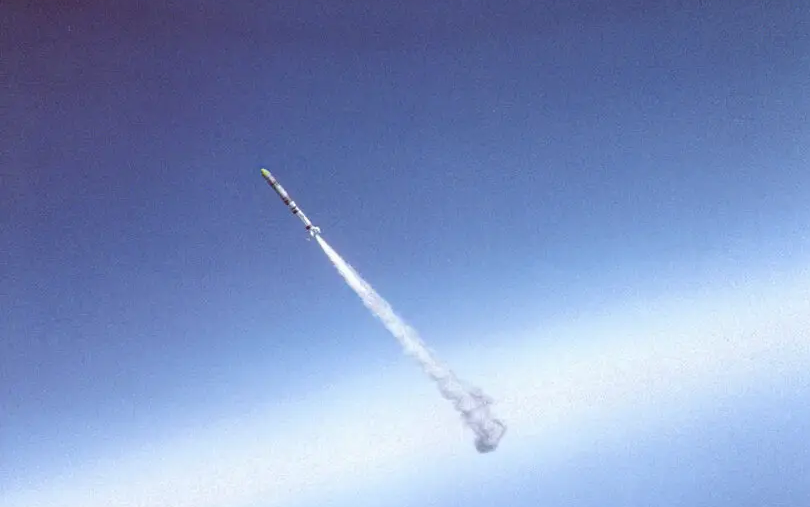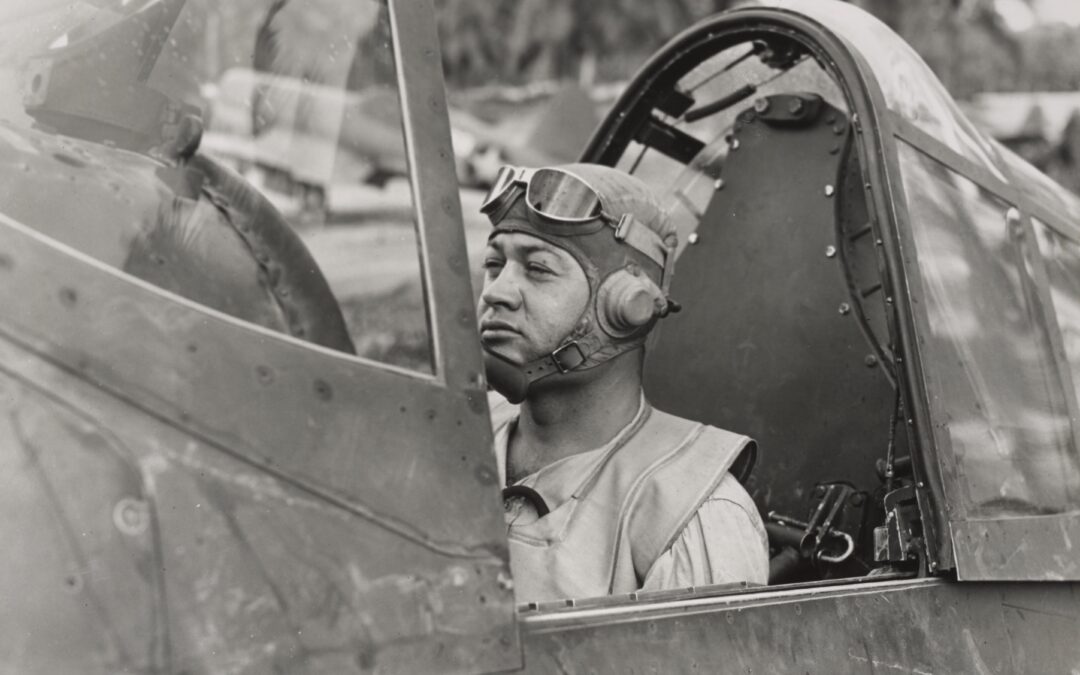For 444 days between 1979 and 1981, 52 American citizens and diplomats who once worked at the U.S. Embassy in Tehran were held hostage by Iranian college students loyal to Iran's revolutionary Islamic cleric, Ayatollah Ruhollah Khomeini. Though no hostages died, the incident severed U.S.-Iranian relations that have never been restored. It is the date the hostages were finally released that leads many to believe it was more than negotiations that caused their release. Reagan's Inauguration: The Ronald Reagan Effect All 52 hostages were released the day Ronald Reagan was inaugurated as the 40th President of the United States. Legend has it that the Gipper's rhetoric and forcefulness struck such fear into the hearts of the Ayatollah's revolutionary government that they were immediately compelled to send the hostages home. It's true that the hostages were released on January 20, 1981, the same day Reagan was inaugurated as President, but it had nothing to do with fear of Ronald Reagan. ...











